[ad_1]
On Sunday February 5, new broke that US based Newmont Corp, the world’s largest gold mining company, had submitted an all share deal bid to acquire Australian gold mining company Newcrest Mining Ltd.
Valued at between US$ 16-17 billion, this is the biggest takeover announcement in any industry so far in 2023, and if it succeeds would be the largest acquisition ever in the gold mining sector, and the largest mining takeover in Australian corporate history.
Newmont is headquartered in Denver, Colorado, and its shares, under ticker symbol NEM, primarily trade on the NYSE in New York. Newmont is the only gold mining company included in the famous S&P 500 index.
Newcrest is headquartered in Melbourne, Australia and its shares, under ticker symbol NCM, primarily trade on the Australian Securities Exchange (ASX). Newcrest is the largest Australian gold miner to be included in Australia’s benchmark ASX 200 index. As well as gold, Newcrest also mines copper.
Both Newmont and Newcrest are members of the gold mining industry association, the World Gold Council (WGC). In fact, Tom Palmer, President and CEO of Newmont, is a board member of the WGC, and Sandeep Biswas (most recently CEO of Newcrest) was a board member of the WGC until Biswas stepped down from the Newcrest CEO position in December 2022. Palmer and Biswas also worked together on the administration and audit committees of the World Gold Council.
The Newmont press release on the bid announcement can be seen on the Newmont website here. The Newcrest press release and acknowledgement of the bid can be seen on the Newcrest website here.
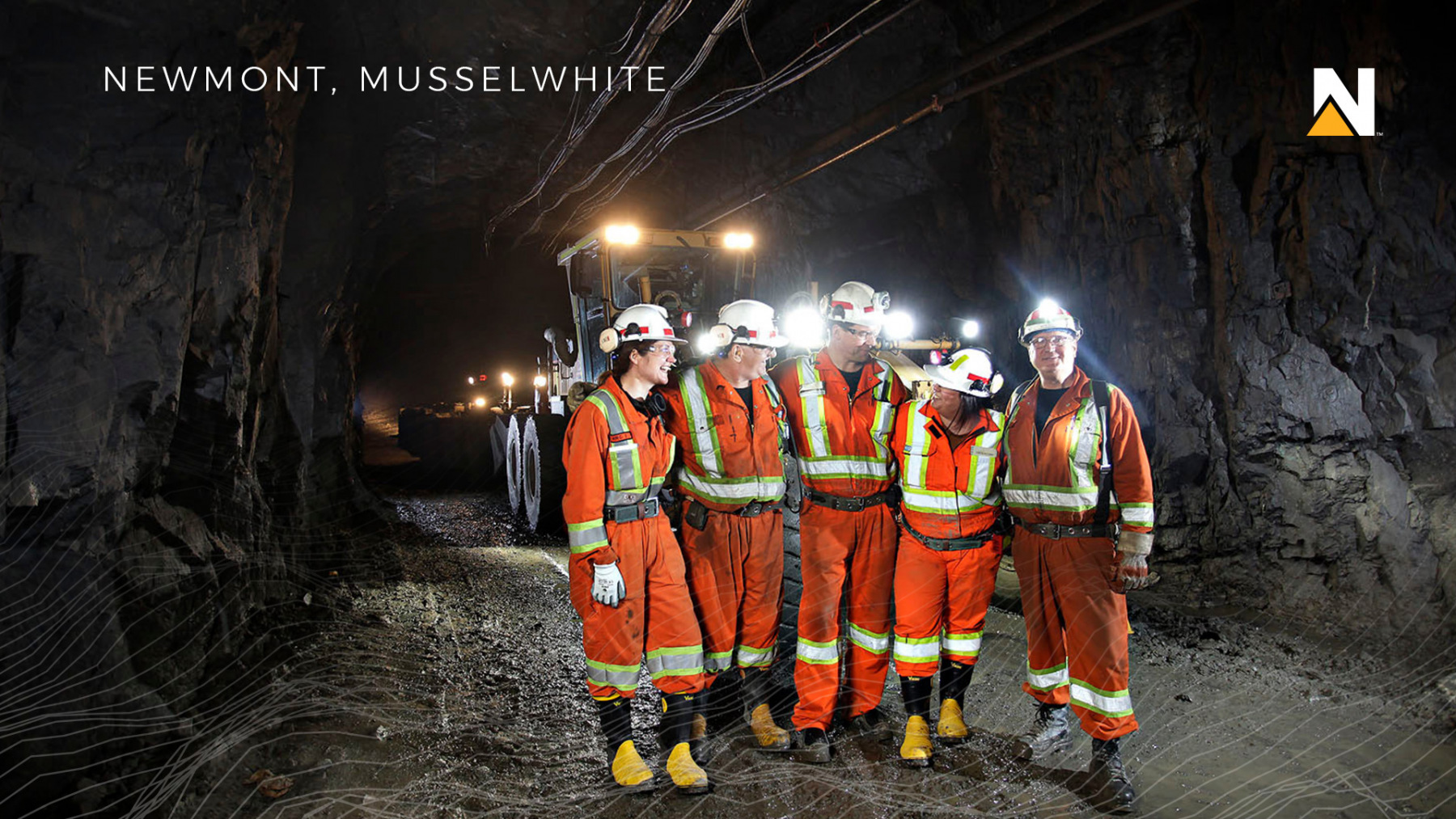
Size Matters
Whichever way you look at it (by market capitalization, ounces of gold produced annually, or in ground gold reserves), Newmont Corp is the world’s largest gold mining company, and bigger than its nearest rival Canada’s Barrick Gold Corp (whose ticker is GOLD).
At the time of writing, Newmont had a market cap of US$ 38 billion. Barrick had a market cap of US$ 31.4 billion. And Australia’s Newcrest had a US dollar equivalent market cap of about $15.6 billion.
Newmont said last November that it was on track to produce 6 million ounces of gold during 2022. Newmont’s full year results for 2022 will be released on February 23. In 2022, Barrick’s gold production totaled 4.14 million ounces (based on preliminary full year results released on January 17).
Newmont claims to have ‘gold reserves’ (measured and indicated gold mineral resources – i.e. than can be mined), of 96 million ounces. The equivalent figure for Barrick is 76 million ounces of ‘gold reserves’.
Newmont is no stranger to expansion by acquisition, having acquired Canada’s Goldcorp in January 2019 for US$ 10 billion in an all stock deal. Barrick is also no stranger to acquisitions, having acquired South Africa’s Randgold Resources in 2018 for US$ 6.5 billion in an all share deal.
Following Newmont’s acquisition of Goldcorp, Canada’s Barrick also then made an audacious hostile bid to buy Newmont in 2019 in a $18 billion bid, but this was rejected by Newmont in early March 2019.
However, after rejecting Barrick’s bid, Newmont and Barrick signed a joint venture agreement (a week later on March 11, 2019) to combine their Nevada gold mining operations in a structure under which Barrick runs the Nevada mines of both companies. Barrick has a 65% share of the Nevada joint venture, against 35% for Newmont. That deal was done by the current Barrick CEO Mark Bristow, and Newmont’s previous CEO, Gary Goldberg.
Newmont and Barrick also have another joint venture in the Dominican Republic, where they jointly own the Pueblo Viejo gold mine (60% owned by Barrick, 40% Newmont), but where Barrick exclusively operates the mine.
This is why about 75% of Newmont’s gold production is listed as ‘managed operations’ (managed by Newmont), and the rest listed as ‘non-managed operations’ (since that gold output in Nevada and Pueblo Viejo is managed by Barrick).
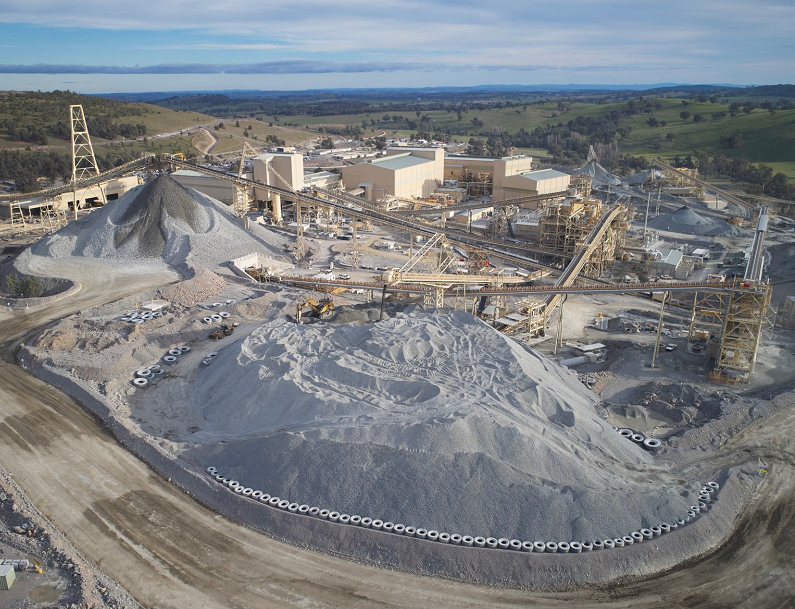
The Newmont – Newcrest Bid
The bid that US Newmont has now submitted to Australia’s Newcrest is to acquire 100% of the issued share capital of Newcrest, where Newcrest shareholders would receive 0.38 Newmont shares per Newcrest share, and which would create a combined company that was 70% owned by Newmont and 30% owned by Newcrest.
Newmont is pitching the bid as a “compelling opportunity for the shareholders of both companies to share in the upside of putting together two complementary businesses”, with Newmont CEO Tom Palmer saying that “the proposed transaction would join industry-leading portfolios of assets and projects to create long-term value across the combined global business.”
After Newcrest received the bid approach, it released a statement on February 6, saying that “the Newcrest Board, together with its financial and legal advisers, is considering the Indicative Proposal”.
Newcrest’s main financial adviser is, wait for it…. JP Morgan, the same JP Morgan which last September paid “$920 Million in Connection with Schemes to Defraud Precious Metals and U.S. Treasuries Markets”.
Interestingly, Newcrest also said in it’s statement that prior to Newmont’s current offer, it had received a previous bid from Newmont of 0.363 Newmont shares for each Newcrest share, but that the Newcrest board had rejected that proposal as it did “not deliver sufficiently compelling value to Newcrest shareholders”. This initial bid not been publicly known about until now. So the current Newmont bid is its second recent offer for Newcrest, and is 4.7% higher than Newmont’s previous offer (0.38/0.363).
Prior to the bid becoming public knowledge, Newmont shares closed trading on Friday, February 3, at USD 49.85. Newcrest shares had closed the same weekend at AUD 22.45. Based on the exchange rate of 0.7075 AUD per USD at close on February 3 and the offer ratio of 0.38, that valued each Newcrest share at AUD 26.77, which was a 19.25% premium to the AUD 22.45 close price the previous Friday.
This premium (of bid value to last traded price before announcement) is on the low-side in terms of average premiums in large takeover deals (think of the 30% range), so it may not be high enough to convince Newcrest shareholders and the Newcrest Board. Therefore, Newmont may need to revise the bid slightly higher, i.e. sweeten the deal.
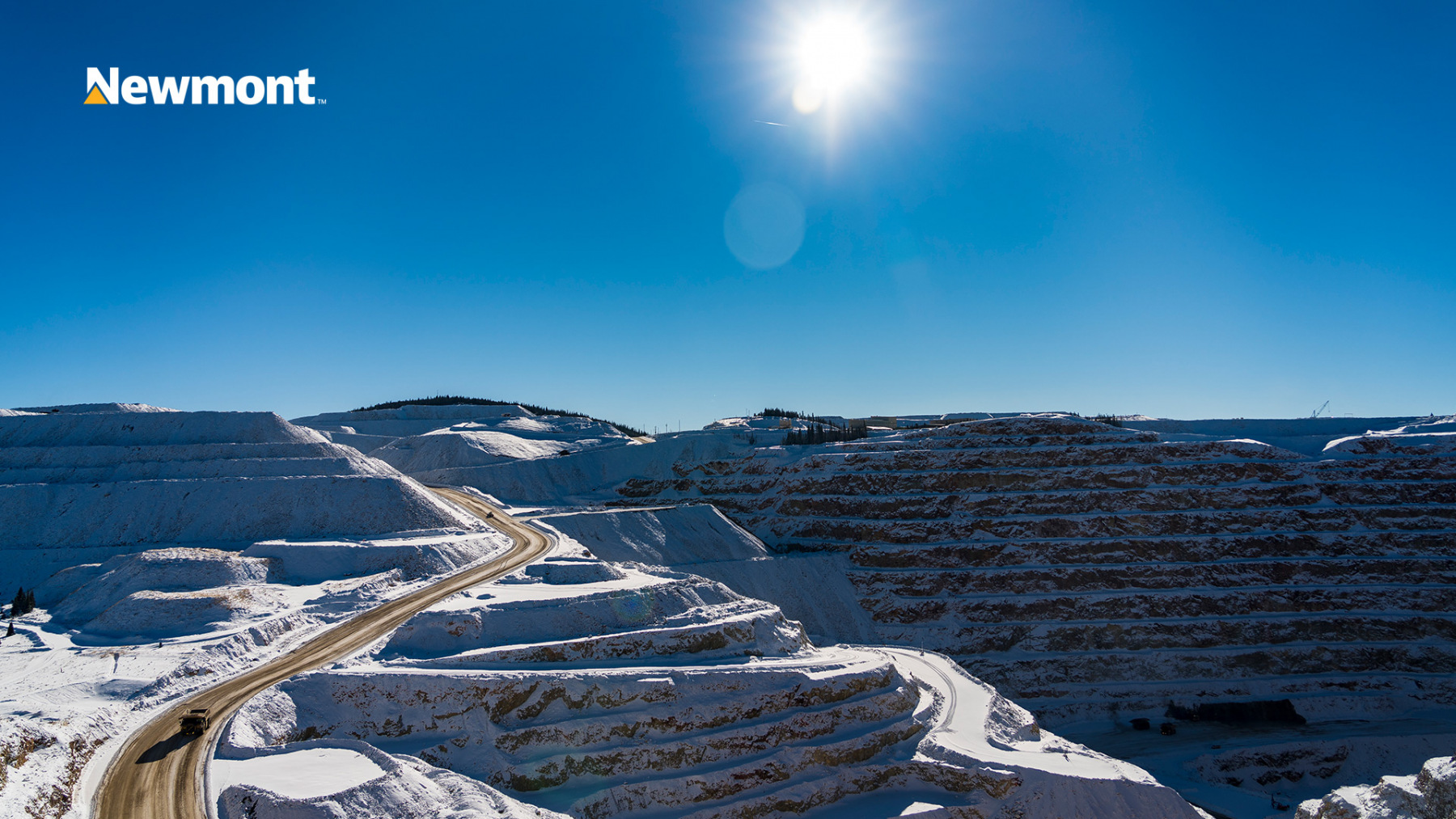
The Combined Gold Mines
Newcrest is the world’s sixth or seventh largest gold mining company (depending on metrics used), and has operating mines in Australia (the Cadia and Telfer mines), Canada (the Brucejack and Red Chris mines) and Papua Guinea (the Lihir mine).
According to its website, Newcrest produced 1.956 million ounces of gold in fiscal year 2022, as well as 121 kilotons of cooper. This means that a combined Newmont – Newcrest would produce about 8 million ounces (250 tonnes) of gold per year (6 million from Newmont and 2 million from Newcrest), which is nearly twice as much as Canada’s Barrick. Barrick produced 4.14 million ounces in 2022.
Newmont has two gold mining assets in the United States, the “Cripple Creek & Victor Mine Gold Mine” in Colorado, which it operates, and the ‘Nevada Gold Mines’ (which is the joint venture with Barrick and operated by Barrick).
In Canada, Newmont operates 3 gold mines, Porcupine and Musselwhite in Ontario, and Éléonore in Qeubec. In Mexico, Newmont runs the Peñasquito mine.
In South America, Newmont has gold mines in Suriname, Peru, Argentina and Dominican Republic. In Africa, Newmont’s gold mining is concentrated in Ghana, where it operates four mines.
In Australia, Newmont operates the giant Boddington mine in Western Australia, and the Tanami mine in a remote desert area of the Northern Territories.
So the addition of Newcrest would boost Newmont’s presence significantly in Canada and Australia, while adding a presence in Papua Guinea. That would give Newmont 21 gold mines across 10 jurisdictions. Newmont might however, only want some of Newcrest’s mining assets, and might therefore divest of some of the Newcrest assets in the event of a successful acquisition.
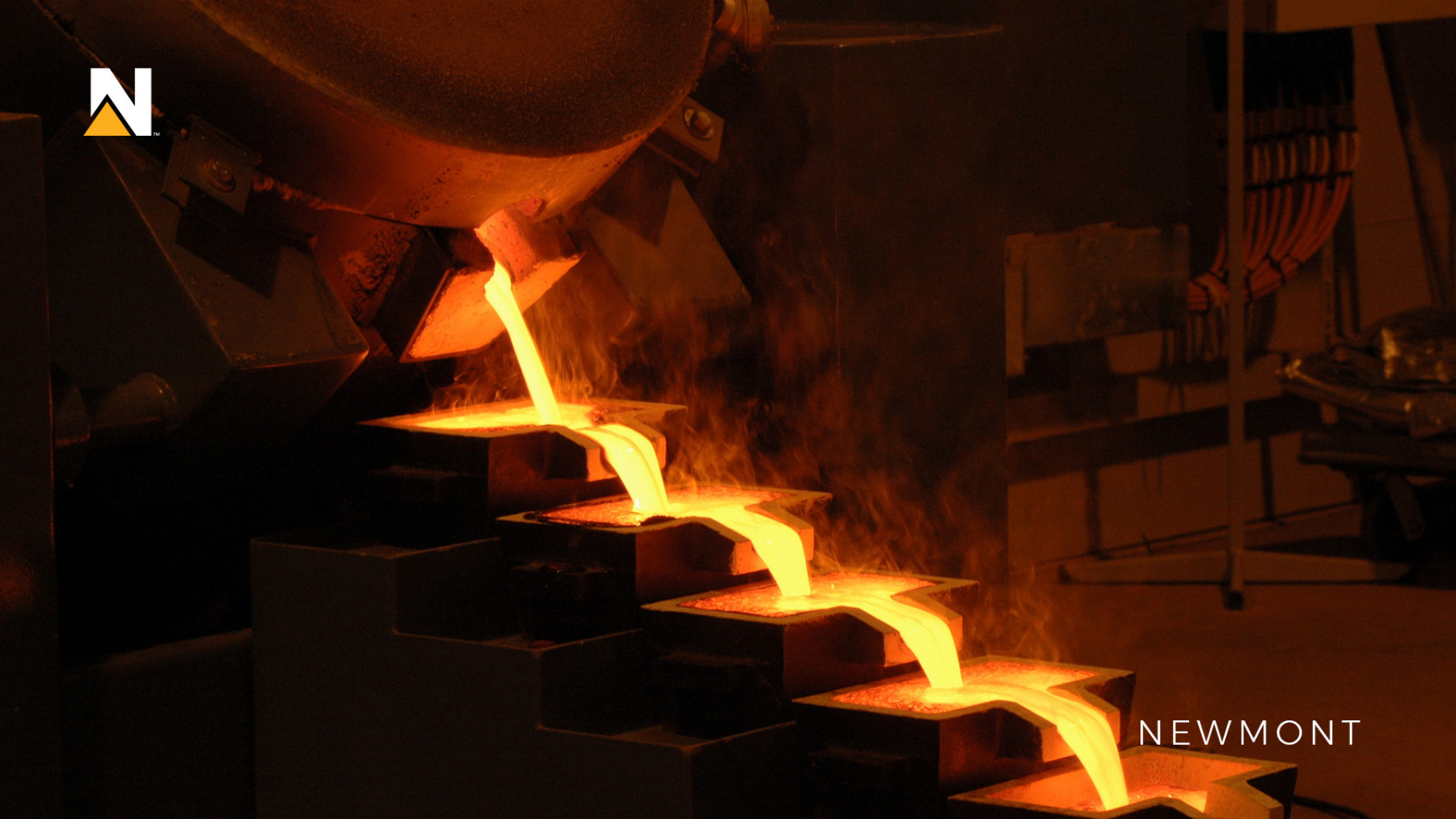
Why the Merger and Why Now?
In the capital intensive industry of gold mining and a world of shrinking in ground gold reserves and in ground ‘inferred’ gold resources, some of the usual motivations put forward by mining executives behind acquisition bids are that a merger / takeover will give the acquirer access to additional gold reserves (which makes sense), and also a lower cost of capital (which makes sense).
Also put forward are the cost savings from combining, the potential ‘synergies’, and diversification across jurisdictions (which could be true depending on the individual situations).
The famous mining investor Rick Rule, interviewed recently by BullionStar, correctly predicted continued merger and acquisition (M&A) activity in the gold mining space, saying that because gold miners and mining companies in general have underinvested in exploration and development for decades, that consequentially the new development pipeline is shrinking, which means that the big mining companies have to “Buy Their Way into Relevance” again.
Rick also explains another critical reason why miners need to engage in M&A, which is that the world’s capital markets value size and liquidity, and so mining companies need to create mass and higher trading volume of their shares so as to lower their cost of capital, which “in an industry of intensive capital costs, is absolutely vital” says Rick.
See below for the relevant segment of the interview with Rick, starting at the 9:00 minute mark.
Is this the case here with Newmont and Newcrest? Newmont obviously thinks so, as now Newmont has made a bid and described it as providing ‘long term value’ and ‘upside’ for shareholders. The timing of Newmont’s move may also be strategic since Newcrest currently has no permanent CEO since Sandeep Biswas stepped down, only an interim CEO. Newmont may be using this lack of CEO as a way to improve its negotiating hand.
Newmont Palmer’s also thinks that there are too many companies in the gold mining sector and that the sector is ripe for continued consolidation. He has also bought into the climate agenda or at least is using emissions standard pressures as a way to justify the need for consolidation. According to the FT in October 2021:
“‘One of the challenges for the gold industry is the number of gold companies,’ Palmer told the FT Mining Summit. He noted that there were significantly more gold companies than in other mining sectors. ‘So I think the industry needs to consolidate and I think the catalyst will be climate change.'”
Mark Bristow, CEO of gold mining archrival Barrick is not so sure about the need for takeovers and mergers, but maybe that’s par for the course between intense rivals. Both Barrick’s Bristow and Newmont’s Palmer were speaking this week at the same mining conference in Cape Town South Africa, African Mining Indaba, when news of the Newmont-Newcrest bid broke.
Bristow, who is from South Africa and heads Canada’s largest gold mining company, when asked on the sidelines of Indaba what he thinks of the Newmont bid said “I don’t know. I am puzzled about this. I find it hard to get my head around”. Bristow continued:
“We are looking at M&A possibilities all the time but we are very mindful of the risks. When you are doing mergers of ageing assets you have to be mindful of what you are buying. Then you have to be clear on whether you are doing this just to be bigger or are you doing it for real value.”
Bristow prefers a strategy of organic growth via exploration and mineral resource management to replenish reserves and resources. And said that he has no plan to announce a rival offer for Newcrest:
“While we continue to evaluate all new opportunities against our strategic filters, we have always believed that finding our ounces is better than buying them.“
But maybe this is prudent and strategic talk, for if you were planning to enter a bidding battle (to also acquire Newmont), you would not want to show your cards before you made your move.
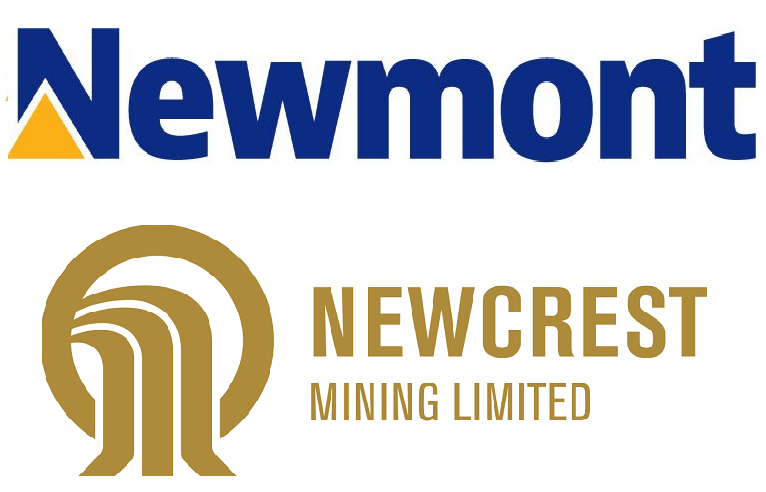
However, one part of the equation which seems missing in all of this, be it Newmont or Barrick or any other senior gold producer, is why these mining executive CEOs never focus on the gold price? Gold mining companies, like any business, make maximum revenue when they sell maximum output at maximum price, while minimizing costs.
They will talk non-stop about getting control of more and more gold reserves and resources, and of constantly cutting costs, yet not one of them questions the structure of gold price discovery (which is determined by the trading by a cartel of bullion banks of unlimited paper gold, unallocated gold in London and COMEX gold futures in New York, and not real physical gold). Nor will any of them ever question the secrecy of the central bank gold lending market or the lack of transparency in the entire central bank gold market in general.
Conclusion
A lot of people may not be aware that Newmont president and CEO, Tom Palmer, is actually Australian, and he attended Monash University in Melbourne before a mining career with Rio Tinto in Australia, followed by roles with Newmont in Perth and Indonesia, before he moved into the very senior positions with Newmont in Denver, Colorado.
Fascinatingly, Newmont and Newcrest also have a lot of history, because Newcrest was actually previously spun off from Newmont. In 1966, Newmont established an Australian subsidiary called Newmont Holdings Ltd. This then subsequently changed name to Newmount Australia Ltd. Then in 1990 Newmont Australia Ltd merged with BHP Gold Mines Ltd, and the resulting combination was renamed Newcrest Mining Ltd, which was then spun off from Newmont.
There was even speculation in 2003 that Newmont was going to make a bid for Newcrest, but this never panned out. Twenty years later, the speculation has become fact.
When Newmont was founded in 1916 by investor Colonel William Boyce Johnson as a holding company for global mineral and mining investments, the name Newmont was chosen because “he grew up in Montana and made his money in New York“.
Perhaps since the current Newmont CEO Palmer “grew up in Australia” and spent the formative years of his career there, he now wants to leave a legacy of his own on Newmont, by bringing some Australian assets into the Newmont stable in the form of Newcrest.
Whatever the reason, if this takeover goes ahead, US Newmont will soon be way out in front of any of its peers, as the world’s largest gold producer, and the world’s biggest gold stock on the New York Stock Exchange. That is of course, unless Bristow and the Barrick board decide to enter the contest, pitching Canada vs the US in the battle for Newcrest.
[ad_2]













